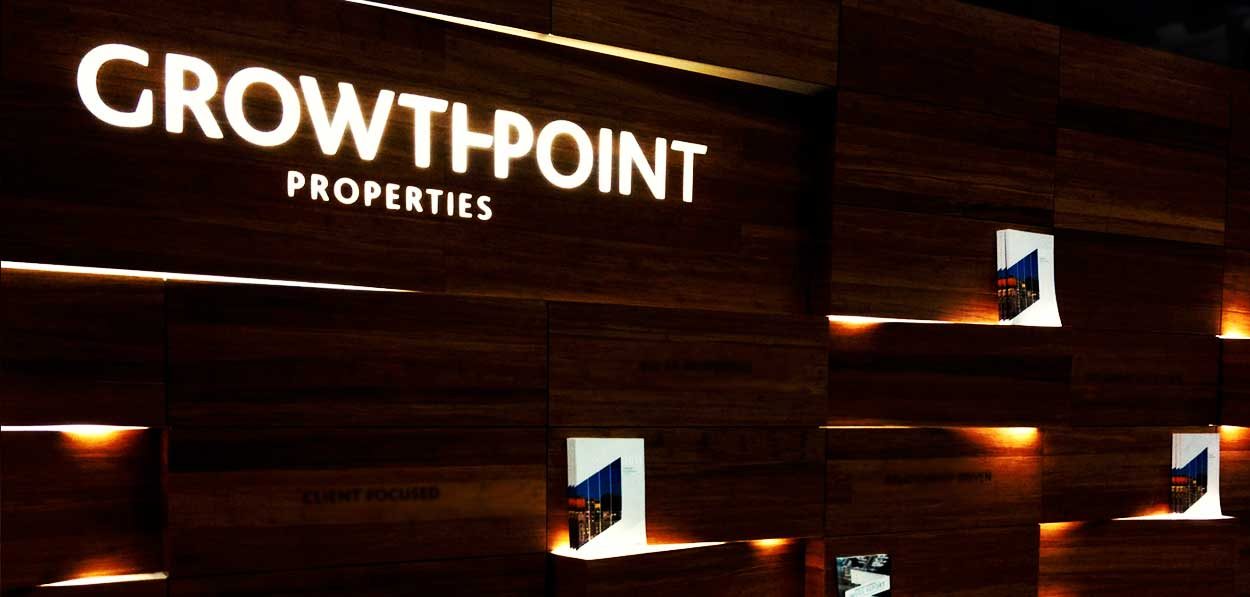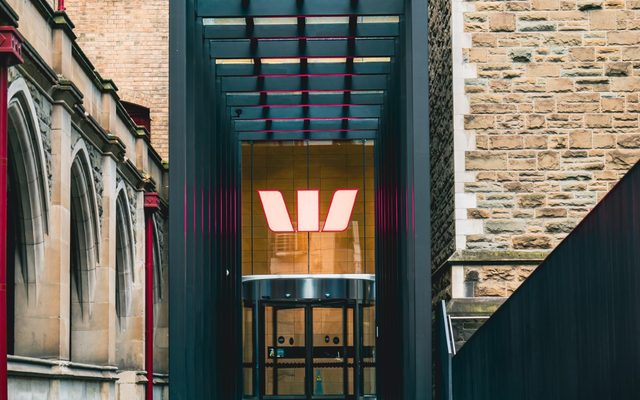This article is from the Australian Property Journal archive
INCREASED exposure to the strong office markets of NSW and Victorian have paid off for major landlord Growthpoint, boosting its annual operating profit by 26%.
The $332.871 million was accompanied by a 26.8% jump in statutory profit to $278.1 million. Funds from operations grew by 11.4% to 25.5 cents per security, and annual distribution by 4.9% to 21.5cps.
The sell-off of part of some industrial properties will see funds from operations soften in FY18, to “at least” 23.6cps.
“We set very clear objectives at the start of FY17 – increase exposure to the office sector and to the New South Wales and Victorian markets, which we believe are positioned to generate superior and more sustainable returns for securityholders over the medium-term, managing director Timothy Collyer said.
The landlord increased its presence in the office sector from 56% to 66%, and in NSW from 20% to 26%after the takeover of the GPT Metro Office Fund (GMF) in October last year, which Collyer said described as the group’s “key transactional highlight” for the period.
“The GMF properties have performed extremely well since the acquisition with additional leasing success increasing the weighted average occupancy to 98% from 96% since the takeover. Favourable market conditions have led to a 9.0% valuation uplift since acquisition, equating to $39.3 million,” he said.
Growthpoint acquired an additional $469.9 million worth of property over FY17 – part of a total of $729.9 million in total transactions it was a part of in the period – driving its total portfolio value to $3.3 billion, which included a like-for-like increase of $138.6 million, at 5.2%.
Collyer said the group was able to take advantage of significant demand to divest assets either considered ‘non-core’, or which were believed had reached their peak value to Growthpoint. It sold a portfolio of four industrial properties Mapletree Logistics in December for $142.2 million, and the 1231-1241 Sandgate Road office building in Nundah for$106.3 million, bringing ungeared internal rates of return of 11.7% and 14.7% over the respective ownership periods.
The group has acquired a further $46 million of industrial properties at Perth Airport and an 18.2% stake in the ASX-listed Industria REIT since the close of FY17.
Its $2.2 billion office portfolio grew 36.6% and by saw more than 41,159 sqm leased, headlined by two new deals for the new David Jones and Country Road national headquarters at Buildings 1 and 2, 572-576 Swan Street, in Melbourne’s city fringe suburb of Richmond, totalling 23,156 sqm and with a weighted average lease term of 14.5 years. Growthpoint also obtained a planning permit for an adjoining site, paving the way for an A-grade office development of some 20,000 sqm.
“The Australian economy appears to be stable, characterised by positives such as low unemployment, high business confidence, a benign cash rate outlook (albeit long term bond yields have started to increase) and significant infrastructure spending committed, particularly in NSW and Victoria. Concerns do however remain around consumer spending and potentially overleveraged households, as well as a weakening retail sector,” Collyer said.
“We believe the office sector stands to benefit most from the current economic environment, however evidence suggests we will see a disparity in outcomes across the different states in Australia.”
Growthpoint will avoid retail property investment in the near term.
Total portfolio occupancy was maintained at 99%, with a total of 94,921 sqm of new and extended lease terms. Weighted average rent review increased from 3.1% to 3.3%. Net tangible assets per security grew 10.3% to $2.88, and return of equity was up from 14.5% to 18.6%.
Collyer said industrial trends looked to be stable across all states, with tenancy demand better than previously expected, supported by potential and new market entrants as the shift to online retail sales gathers momentum.
The value of its industrial portfolio fell by 10.7% to $1.1 billion following the asset sales. Occupancy was maintained at 100%, with 53,672 sqm of leases secured. Its WACR was 6.9%, from 7.1%.
Balance sheet gearing reduced by 410 basis points to 39.0%, and the group diversified its debt sources with its first US Private Placement, and increased the weighted average debt maturity from 4.2 years to 5.0 years.
Australian Property Journal




